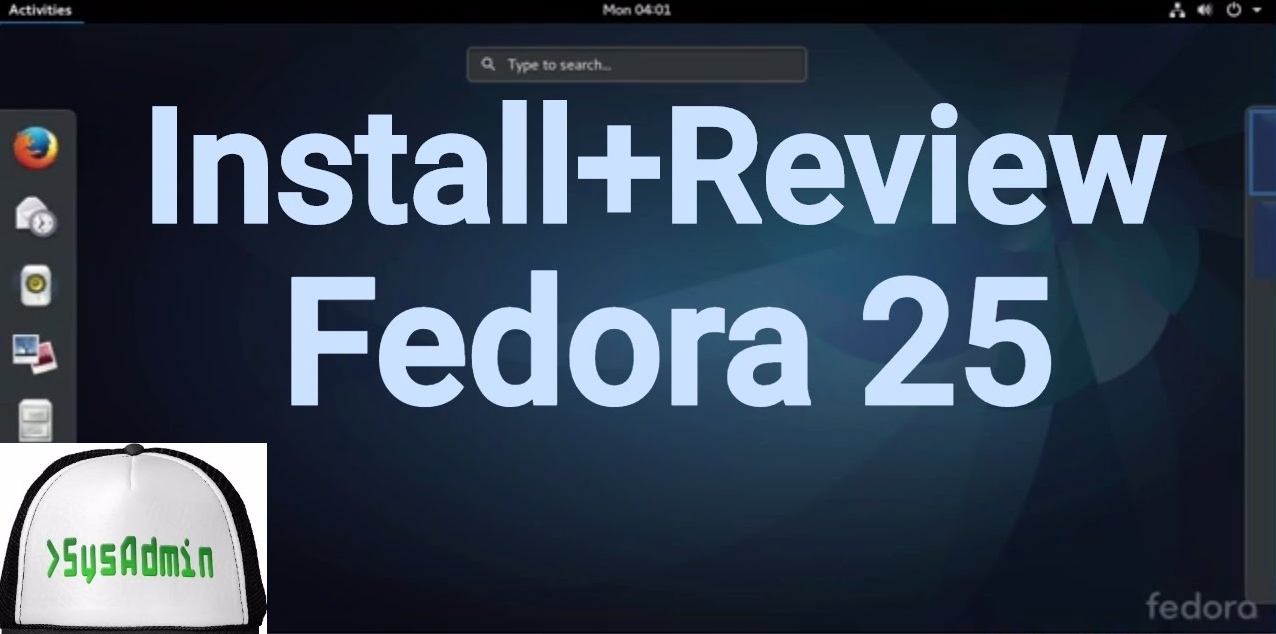Hello all,
I am trying to install VMWare tools in Fedora 17 and getting an error message
The path ' is not a valid path to the 3.3.4-5.fc17.x86_64 kernel headers.
Download Fedora 14 i686 VMware image for free. VMware image with preinstalled Fedora 14 i686. Be the first to post a review of Fedora 14 i686 VMware image! Additional Project Details Registered 2011-01-21 Report inappropriate content. Recommended Projects. Fedora 14 iso; i686 linux; About Site Status @sfnet_ops. Download Fedora Linux - vmware image for free. Fedora Project - vmware images.
I installed gcc, binutils and make.
Kernal-headers are at the same level. However, I still get the above error.
Any help would be appreciated.
Thankyou
Here is the detail
---------------
Searching for GCC...
Detected GCC binary at '/bin/gcc'.
The path '/bin/gcc' appears to be a valid path to the gcc binary.
Would you like to change it? [no]
Searching for a valid kernel header path...
The path ' is not a valid path to the 3.3.4-5.fc17.x86_64 kernel headers.
Would you like to change it? [yes] ^C
Execution aborted.
[bpmdev@fedora17v1 3.3.4-5.fc17.x86_64]$ uname -rs
Linux 3.3.4-5.fc17.x86_64
[bpmdev@fedora17v1 3.3.4-5.fc17.x86_64]$ yum list installed | grep 'kernel'
kernel.x86_64 3.3.4-5.fc17 @koji-override-0/$releasever
kernel-headers.x86_64 3.3.4-5.fc17 @fedora
[bpmdev@fedora17v1 3.3.4-5.fc17.x86_64]$ sudo yum install kernel-PAE kernel-PAE-devel
Loaded plugins: langpacks, presto, refresh-packagekit
No package kernel-PAE available.
No package kernel-PAE-devel available.
Error: Nothing to do
[bpmdev@fedora17v1 3.3.4-5.fc17.x86_64]$
Platform(s): Desktop
Developer(s): Red Hat
Family(s): Linux, Fedora
File Size: Various with file
Description (By Editor)
Fedora 28 was released on May 1, 2018, it was preceded by version 27, and was designed for desktop / laptop computers, and servers. There is only 64-bit (x86-64) version is available to Fedora 28. Compared to the previous Fedora release, this version includes some new changes, updates and features, such as Linux Kernel 4.16, GNOME 3.30, new third-party repositories, Sugar 0.112, etc.
General information from Fedora
Fedora is a free and open source Linux operating system (or distribution) that has been developed by contributions from community members and Red Hat. Fedora was designed for personal computers and servers, and is currently available in three different editions, which are for Workstation (for personal computer), Server (for servers), and Atomic (for cloud computing). GNOME is currently the default desktop environment for the operating system, and the GNOME Shell is the default user interface. There are more other desktop environments supported in Fedora, such as Cinnamon, Xfce, and MATE. Like other Linux distributions, Fedora is bundled with many general software applications such as Firefox Browser, LibreOffice, Media Player etc.
Specification
| Available in | 35+ languages |
| CPU Platform(s) | X86-64 |
| License | Free and open-source software |
Screenshot(s)
System requirements
Minimum:
- 1GHz processor or faster.
- 10 GB of hard disk space.
- 1 GB of RAM.

Installation instructions
Starting installer in PC (via USB)
Follow the steps given below:
- Download the Fedora 28 ISO image file from the download section.
- Install a USB bootable creation software (such as Rufus) on your Windows PC.
- Plug in a USB flash drive (at least 4 GB of free space available) with your PC.
- Open the USB bootable creation software, and select the ISO image file of Fedora 28, and start the process.
- As soon as done, plug the bootable USB into a system where you want to install Fedora 28.
- Restart the target computer.
- Press the boot device menu key and select USB to boot first.
- Select USB device and start the Fedora 28 installer.
Starting installer in VMware
- Download the Fedora 28 ISO image file from the download section.
- Launch the VMware Player, and start creating a new virtual machine.
- Select the ISO image file of Fedora 28, and use the default settings for the virtual machine.
- Start the virtual machine and go to the Fedora 28 installer.
Starting installer in VirtualBox
- Download the Fedora 28 ISO image file from the download section.
- Launch the Virtualbox application on your computer, and start creating a new virtual machine.
- Select Ubuntu and use defualt settings for the virtual machine.
- Start VM and when it asks to select the Host Drive, then select the downloaded Fedora 28 ISO file in step 1.
Last step
As soon as you go to the Fedora Welcome Screen, follow the steps given below:
- Proceed on the welcome screen.
- Accept the license agreement, and proceed.
- Configure firewall, date / time, etc.
- Create root user.
- Follow on-screen instructions, and complete the installation.
- Log in to Fedora using your username and password.
- Do not forget to remove the installation medium from the computer (for example, USB, CD / DVD).
For more information, read the official document of Fedora 28.
Last Edited 4 months ago
Comments
Latest Uploads
Updated 3 weeks ago
Updated 4 weeks ago
Updated 1 month ago
Updated 1 month ago
Updated 1 month ago

Fedora Iso Download For Vmware Pc
Updated 1 month ago
Updated 1 month ago
Updated 2 months ago
Download Fedora 28 Iso File
Updated 3 months ago
Fedora Iso Download For Vmware Pc
Updated 3 months ago